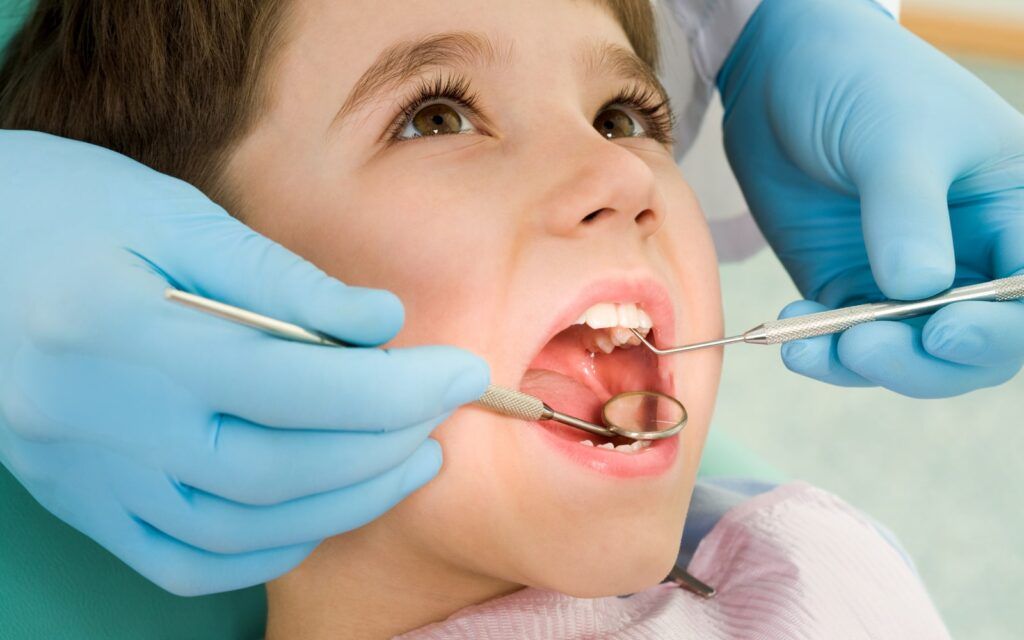When young children have an infection or experience dental pain, sometimes it means that they’ll need to go under anesthesia or sedation to receive treatment. Our goal is to provide the safest, most pain-free treatment possible for children, and having either anesthesia or sedation will help provide your child with effective means for controlling pain and having a successful procedure. So, what’s the difference between anesthesia and sedation? We’re here to provide an inside look into the guidelines and safety measures that dentists use when providing children’s dental care.
Is Anesthesia or Sedation Safe For Children?
According to the American Academy of Pediatrics and the American Academy of Pediatric Dentistry, their current guidelines state that when providing deep sedation or general anesthesia, at least two people with specific training and credentials should be present for the pediatric patient. Sedation should be administered by a qualified anesthesia provider, and one out of the two people required should be an independent observer who is not involved with the procedure.
These measures are meant to provide precautions before any dental procedure, as both of the trained people present can provide life support measures in case there are any problems. It’s important to discuss your options with your child’s dentist before the procedure, as discussing your options can help you understand what medications will be used, who will be watching your child during their dental procedure, and other questions and concerns.
By following these guidelines, dentists can work to avoid adverse outcomes and ensure the safety of the patient undergoing procedures. Both general anesthesia and sedation can be used during your child’s procedure, but speaking with your dentist about what type of sedation or anesthesia they recommend and regular practice can provide you with the information you need to know your options and choose the best outcome for your child’s treatment.
The Types of Sedation and Anesthesia Used At The Dentist
The following list provides a general overview of the various types of sedation and anesthesia. These options include:
- Nitrous oxide: Nitrous oxide is mild sedation and is considered the least invasive sedation method. This gaseous mixture provides a form of conscious sedation that allows children to be more relaxed during their treatment.
- Mild sedation: Mild sedation is a combination of medications that are mainly used for older children and adults. This conscious sedation allows the child to remain awake while your dentists or oral surgeons can perform their procedures.
- Moderate sedation: Moderate sedations have a higher concentration of mild sedation medications, whereas those under this type are sleepier but responsive. This type of sedation is also used for those who are younger or have severe forms of dental anxiety.
- Deep sedation: Deep sedation involves a combination of intravenous medications which allow your child to sleep through the procedure. During deep sedation, there must be at least one additional qualified professional and an anesthesiologist during the procedure and until the child is awake.
- General anesthesia: General anesthesia allows your child to be completely asleep and pain-free during their procedures, and under general anesthesia requires monitoring by dentists, oral surgeons, and anesthesiologists. General anesthesia is generally reserved for large surgeries, either planned or emergency scenarios.
For any child receiving sedation or general anesthesia, make sure to know your dentist’s qualifications and the types of treatment options available so you can help care for your child.


